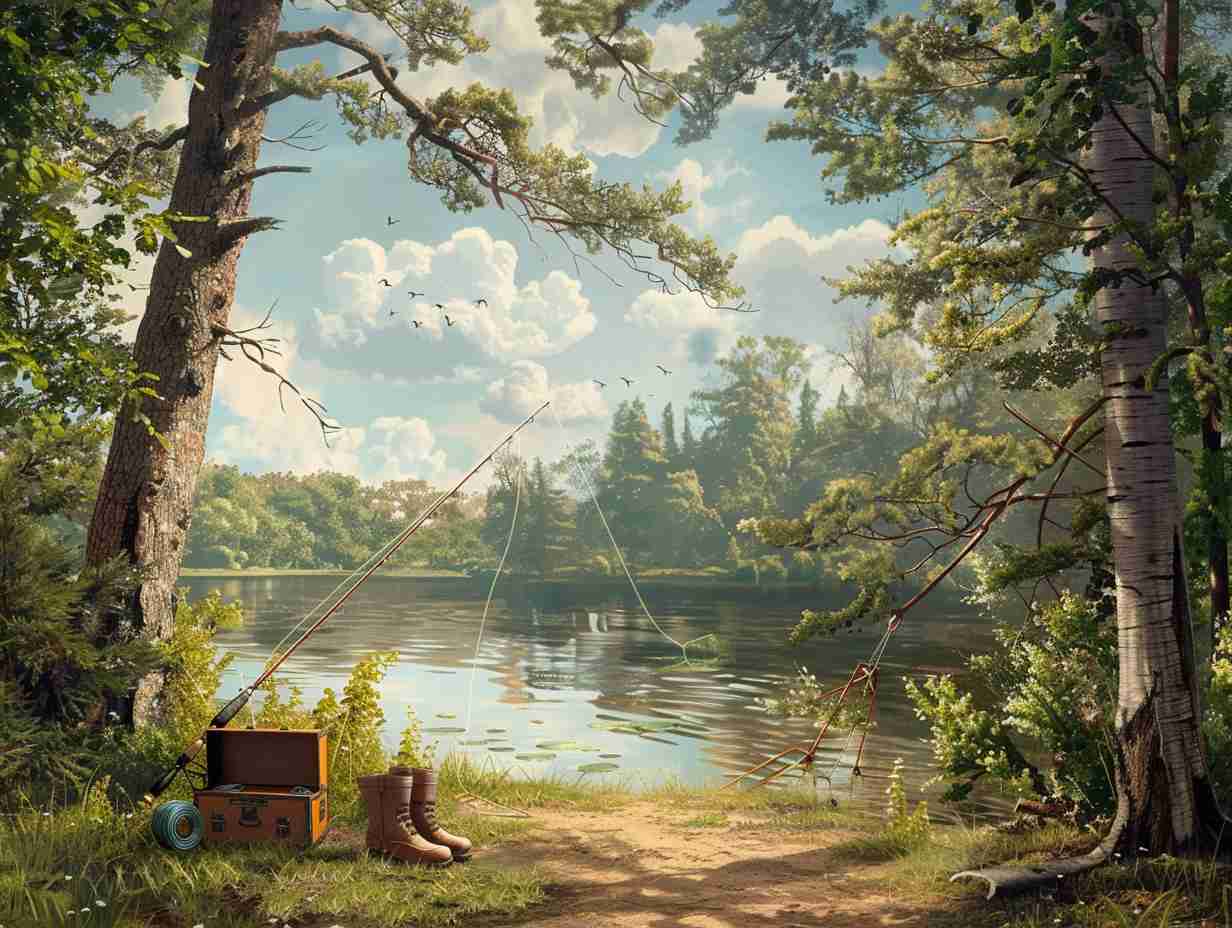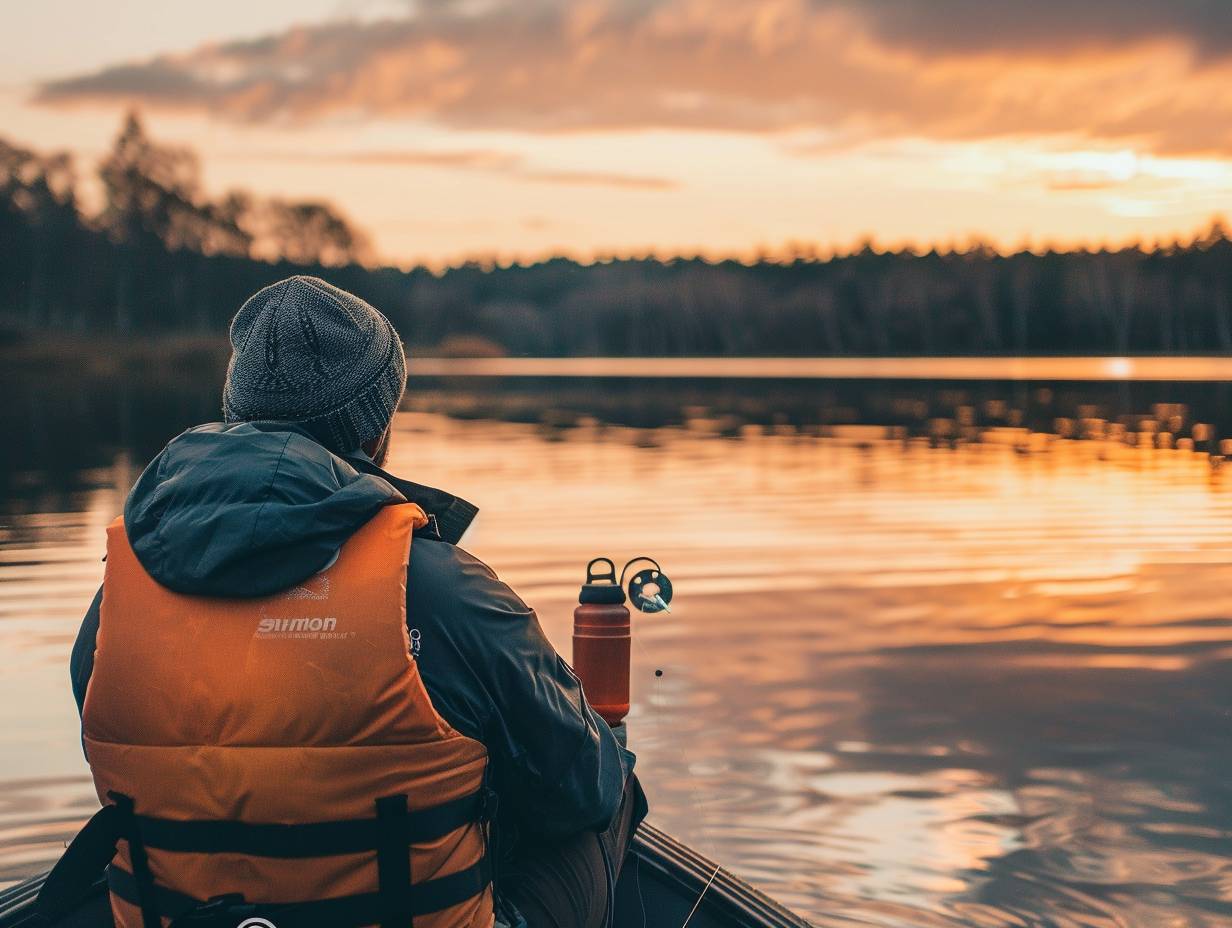
Fishing Gear and Tips

When venturing into the world of fishing, having the proper gear and knowing the right techniques can make all the difference between a frustrating outing and a successful catch. From selecting the right rod to mastering your casting skills, each element plays an important role in your angling experience. But what about the lesser-known tips and tricks that seasoned anglers swear by? Stay tuned to uncover some insider secrets that could take your fishing game to the next level and potentially transform your next fishing trip into one for the books.
Key Takeaways
- Essential fishing gear includes tackle box, fishing line, net, sunscreen, and cooler with ice packs.
- Choose the right rod based on fish size and species, considering rod action and fishing method.
- Select the best reel matching rod size and gear ratio for efficient fishing.
- Top bait options include live bait and artificial lures to attract specific fish species effectively.
- Master casting techniques for smooth, accurate casts by utilizing wrist, forearm, and body movement.
Essential Fishing Gear
When heading out for a day of fishing, make sure you have the essential gear to maximize your chances of a successful catch.
One important item is a tackle box filled with various hooks, sinkers, lures, and swivels. These will help you adapt to different fishing conditions and lure preferences of the fish.
Additionally, a reliable fishing line with appropriate strength is essential to reel in your catch smoothly.
Don’t forget about a fishing net to secure your fish once you’ve hooked them.
Sunscreen and polarized sunglasses are necessary for protection and visibility.
Lastly, a cooler with ice packs will keep your drinks and any caught fish fresh throughout the day.
Choosing the Right Rod
To guarantee a successful fishing experience, selecting the appropriate rod is essential for handling different fish species and fishing techniques efficiently. Consider the type of fish you intend to catch and the fishing method you’ll be using.
For smaller fish like trout or panfish, a light or ultralight rod is suitable, providing more sensitivity and flexibility. Medium rods are versatile and work well for bass, walleye, or catfish. Heavy rods are ideal for larger fish like muskie or saltwater species.
Check the rod’s action, which determines how much the rod flexes when pressure is applied. Fast action rods bend less in the top third, while slow action rods bend throughout the length, impacting casting distance and hook-setting power.
Selecting the Best Reel

Consider the size and weight of the fish you aim to catch when selecting the best reel for your fishing needs. For smaller fish like trout or panfish, a spinning reel is a versatile option that’s easy to use.
If you’re targeting larger fish such as bass or pike, a baitcasting reel provides more power and control. Make sure to match the reel size with the rod you have chosen for balanced gear.
Check the reel’s gear ratio - a higher ratio like 6:1 means faster retrieval, ideal for active fishing techniques. Smooth drag systems are important for handling big fish, so look for reels with quality drag mechanisms.
Lastly, consider the reel’s durability and construction materials for long-lasting performance.
Top Bait Options
For effective fishing, knowing the top bait options is essential to attract the right fish species. Live bait such as worms, minnows, and shrimp are highly effective for catching a wide variety of fish. They give off natural scents and movements that entice fish to bite.
Artificial lures like spinners, spoons, and crankbaits are great for targeting specific fish species and can be used in various water conditions. Soft plastics such as worms, grubs, and swimbaits are versatile and mimic the movement of real prey, making them a vital choice among anglers.
Each bait type has its own advantages, so it’s crucial to experiment and see what works best for the type of fishing you’re doing.
Mastering Casting Techniques

Improving your casting techniques can greatly enhance your fishing success and overall enjoyment on the water. To master your cast, start by holding your fishing rod with a relaxed grip.
Focus on a smooth, fluid motion when casting rather than using excessive force. Remember to release the line at the right moment to achieve maximum distance and accuracy.
Practice different casting styles such as overhead casts, sidearm casts, and roll casts to adapt to various fishing situations. Utilize the power of your wrist and forearm in combination with your body movement to generate momentum.
Understanding Line Types
When selecting fishing line, it’s crucial to comprehend the different types available and their specific characteristics to optimize your fishing experience. Here are three key points to keep in mind:
-
Monofilament Line: Offers great flexibility and stretch, making it ideal for beginners.
-
Braided Line: Known for its strength and sensitivity, perfect for detecting subtle bites.
-
Fluorocarbon Line: Virtually invisible underwater, making it suitable for clear water conditions.
Understanding the distinctions between these line types will assist you in selecting the most suitable option for the type of fishing you plan to engage in, ultimately enhancing your chances of a successful fishing trip.
Proper Hook Selection

Selecting the right hook size and style is essential for maximizing your chances of hooking and landing fish successfully. The size of the hook should match the size of the fish you’re targeting. For smaller fish like panfish or trout, opt for smaller hooks such as size 6 or 8. Larger fish like bass or catfish require bigger hooks like size 2/0 or 3/0.
When it comes to hook style, consider factors like bait type and fishing technique. For example, use circle hooks for live bait fishing to minimize gut hooking. J-hooks are versatile and work well with a variety of baits. Make sure to have a selection of hooks in your tackle box to adapt to different fishing situations.
Setting Up Your Tackle Box
Organize your tackle box efficiently to guarantee easy access to your fishing gear when needed. Here are three key tips to help you set up your tackle box effectively:
-
Sort by Category: Separate your lures, hooks, weights, and other gear into different compartments or sections.
-
Label Everything: Use small stickers or markers to label each compartment, making it easier to find what you need quickly.
-
Keep Essentials Handy: Store frequently used items like pliers, line clippers, and extra hooks in easy-to-reach spots for convenience.
Safety Tips for Anglers

To guarantee a safe and enjoyable fishing experience, anglers should always prioritize their well-being and be mindful of potential risks on the water. Before heading out, make sure you have a well-stocked first aid kit and life jackets for everyone on board.
Check the weather forecast to avoid unexpected storms. When on the water, stay hydrated, wear sunscreen, and protect yourself from the sun’s harmful rays. Be cautious when handling hooks and sharp objects, and always watch your footing to prevent slips and falls.
In case of an emergency, have a reliable means of communication such as a fully charged cell phone or a marine radio. By following these safety tips, you can focus on reeling in the big catch without compromising your well-being.
Frequently Asked Questions
How Can I Prevent My Fishing Line From Tangling While Casting?
To prevent your fishing line from tangling while casting, establish proper line management by keeping your line taut during the cast. Avoid abrupt stops and jerky movements, maintain a smooth motion. Also, check for any knots or twists before casting.
What Is the Best Way to Store Live Bait for Extended Fishing Trips?
For extended fishing trips, store live bait in a cool, aerated container with damp newspaper or cloth to maintain moisture. Change water regularly and keep bait out of direct sunlight. This helps preserve bait freshness, increasing fishing success.
Are There Any Specific Lures or Baits That Work Best for Attracting Certain Fish Species?
When you want to target specific fish species, using the right lures or baits is essential. One interesting statistic is that over 70% of anglers find success in catching bass with plastic worms due to their lifelike movement.
How Do I Determine the Right Fishing Spot for Different Types of Fish?
To determine the right fishing spot for different types of fish, consider their preferred habitats and feeding patterns. Research local water bodies, ask experienced anglers for advice, and use tools like fish finders to locate potential hotspots.
What Should I Do if I Accidentally Hook Myself While Fishing?
If you accidentally hook yourself while fishing, stay calm. Gently remove the hook by pushing it through the skin and cutting the barb. Clean the wound and seek medical attention if necessary. Stay safe!
Conclusion
Now that you have all the essential gear and tips for a successful fishing trip, put your knowledge to the test.
Explore different fishing spots, experiment with various bait options, and practice your casting techniques.
Remember to stay safe, hydrated, and prepared for any situation.
By applying what you’ve learned, you’ll be well-equipped to reel in that big catch and create unforgettable memories on the water.
Happy fishing!
Disclaimer: Some information is provided through AI. Users should always conduct their own research and consult with qualified professionals before making any decisions.Affiliate information declaration: We may earn revenue from the products referred on this page and participate in affiliate programs.


